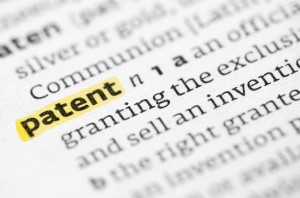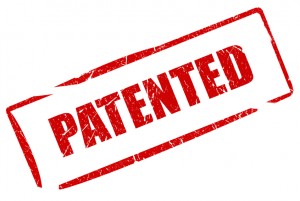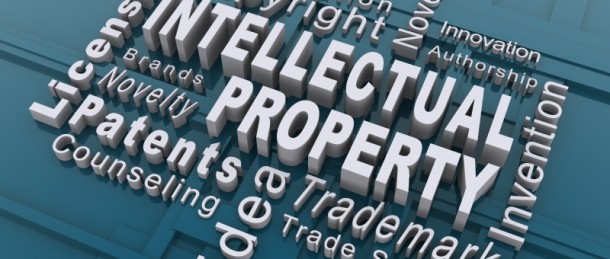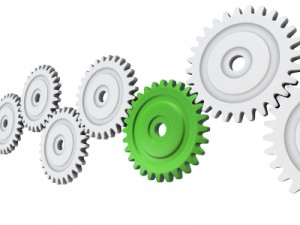In my humble opinion, there are at least three intimidating words any developer of currency solutions can hear, regarding a competitors solution. They have a currency patent pending. Or maybe two or three, or more.  In today’s highly competitive market, every component of the currency cycle, from design through creation, distribution, Â processing accounting, forecasting and ultimately destruction is influenced by the market Intellectual Property domination strategy known as the currency patent pending. Our own readership has voiced their opinion that having access to a “Banknote & (physical) Currency Patent Resource page. With over 280 votes cast, 89% of Respondents voiced that they wanted access to such a filtered library. What is the fascination with patents? Are they a badge of honour or are they as market domineering so as to exclude all competition?
In today’s highly competitive market, every component of the currency cycle, from design through creation, distribution, Â processing accounting, forecasting and ultimately destruction is influenced by the market Intellectual Property domination strategy known as the currency patent pending. Our own readership has voiced their opinion that having access to a “Banknote & (physical) Currency Patent Resource page. With over 280 votes cast, 89% of Respondents voiced that they wanted access to such a filtered library. What is the fascination with patents? Are they a badge of honour or are they as market domineering so as to exclude all competition?  Fortunately, different countries have different patent laws. It is not possible at this time to register a single, global patent. However, some countries allow patents for solutions that would either seem common to all developers (via even innocent sharing of Intellectual Property before patenting became a market domination tool) or so broad that no other developer could ever hope to compete, thereby creating a monopoly. In no way am I saying that patents are bad. They protect the rights of the inventor for a variable and limited period of time. At one time the intellectual property protected by a patent would be licensed to other contributors, thereby allowing industry standardization, which in turn allows for the stability upon which innovation is built. Whether innovative or protectionist in nature, all patents need to be respected, defended and hopefully shared for the greater growth of any industry, be it currency or cosmetics.
Fortunately, different countries have different patent laws. It is not possible at this time to register a single, global patent. However, some countries allow patents for solutions that would either seem common to all developers (via even innocent sharing of Intellectual Property before patenting became a market domination tool) or so broad that no other developer could ever hope to compete, thereby creating a monopoly. In no way am I saying that patents are bad. They protect the rights of the inventor for a variable and limited period of time. At one time the intellectual property protected by a patent would be licensed to other contributors, thereby allowing industry standardization, which in turn allows for the stability upon which innovation is built. Whether innovative or protectionist in nature, all patents need to be respected, defended and hopefully shared for the greater growth of any industry, be it currency or cosmetics.
Wikipedia’s definition shows both the refined and broad natures of todays patent laws:
A patent (/ˈpætənt/ or /ˈpeɪtənt/) is a set of exclusive rights granted by a sovereign state to an inventor or assignee for a limited period of time in exchange for detailed public disclosure of an invention. An invention is a solution to a specific technological problem and is a product or a process.[1]:17 Patents are a form of intellectual property.
 For reference purposes, I offer two very recent awards. One was made to Cummins Allison Corp. on February 14th, 2014 and involves the operation of a currency scanning device. In one sense this could be viewed as a broad-based patent of common functionality. I fully expect that the Company would vigorously defend the filing and award, as they should given the current regional patent system (referring to the US Patent Office, which Cummins Allison Corp. makes considerable and successful use of).
For reference purposes, I offer two very recent awards. One was made to Cummins Allison Corp. on February 14th, 2014 and involves the operation of a currency scanning device. In one sense this could be viewed as a broad-based patent of common functionality. I fully expect that the Company would vigorously defend the filing and award, as they should given the current regional patent system (referring to the US Patent Office, which Cummins Allison Corp. makes considerable and successful use of).  The second patent was awaded to a relatively small player in the global industry. Namsys Incorporated has been involved in currency software and (for a shorter time) retail cash and coin hardware solutions. Most recently they have been venturing into the transaction fee based integrated cloud solution arena with their Cirreon solution. It would seem to me that Cirreon benefits from this patent and is therefore poised to become a standard across the remote deposit management industry.
The second patent was awaded to a relatively small player in the global industry. Namsys Incorporated has been involved in currency software and (for a shorter time) retail cash and coin hardware solutions. Most recently they have been venturing into the transaction fee based integrated cloud solution arena with their Cirreon solution. It would seem to me that Cirreon benefits from this patent and is therefore poised to become a standard across the remote deposit management industry.
I would leave it to you to draw your own conclusions from these two examples. There are many more. From currency authentication features to printing components and methods, processing, accounting, forecasting – many aspects of our industry and business operations are becoming increasing influenced by patents. For myself, I am not convinced this is necessarily a good thing as the scales seemed to be tipped in favour of individuals and companies who (perhaps unwittingly) create markets of stagnation, including inflationary investment scenarios and competitor empathy.
 I encourage you to follow the links below to examine each of these awarded patents in more detail. The act of examining them from the perspective whether they serve or segregate the market is a useful one. Hopefully a little debate and dialogue will result. I for one am all in favour of the market serving patent. Not so much for the other variety.
I encourage you to follow the links below to examine each of these awarded patents in more detail. The act of examining them from the perspective whether they serve or segregate the market is a useful one. Hopefully a little debate and dialogue will result. I for one am all in favour of the market serving patent. Not so much for the other variety.



 Patent #1 – Namsys Incorporated
Patent #1 – Namsys Incorporated






